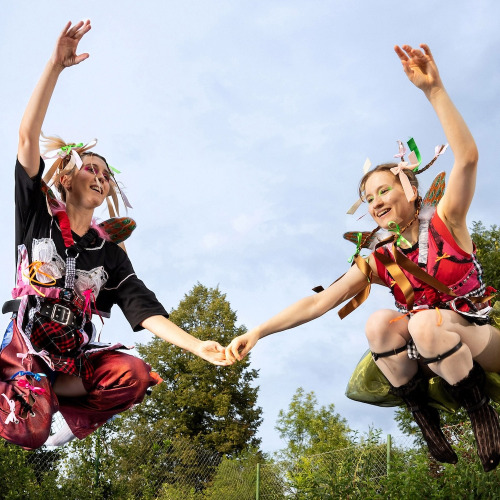
Numerology (Zähler/Nenner)
Exhibition opening Cankarjev dom, Mala
galerija
These fragments I have shored against my ruins
... T.S. Eliot, The Waste Land
In some other place, that is, in is famous
poem entitled Poem, T.S. Eliot asks simple questions: "Do you know
nothing? Do you see nothing? Do you remember nothing?" Both fragments
offer possible answers to questions connected with the creation of Beate
Passow. The signs of memory are not merely traces of the past in the fog of a
world which is levelling, but scars, still open wounds that concern us in all
their directness and incontestability. Beate Passow collected such signs in her
book entitled "Zahler/Nenner"(Numerator/ Nenominator). In it there
are photographs of the forearms of old people which, besides biological traces
left on the skin by life, also have biographical signs on them which marked
them indelibly, as though by "The mark of Cain". The
managers of Auschwitz concentration camp clearly stamped their victims
with subcutaneous tattoos. Multicoloured triangles on the clothes and yellow
Jewish stars belong among the rough patterns used by Jews to legitimate
themselves in the dark system of nationalsocialism. In its directness and
indelibility body labelling is the worst kind of humiliation. The human
being mistreated as a number in a procedure, as a predictable extension, where
only numerators and denominators are important. The wounds of memory may be
less suitable for a theoretical contemplation on nationalsocialism and its
destructive crimes, as on "the original sin" of stamping a human
being with a sign similar to bar codes. A human being becomes a useless product
Beate Passow and Andreas von Weizsacker preserve the images war invalids and
demolished buildings from oblivion. The yellow star that Jewish people had to
wear from 1938 onwards and the striped clothes of concentration camp prisoners
are used by Beate Passow in an always new context, partly as photographs which
through a shift in content, she transforms into unusual images.In this large
work consisting of 86 photographs Beate Passow had personally to face all
individuals who gave her the photograph. Men and women can be sensed here in
all their individuality. Completely different people with different
temperaments and characters that have one thing in common: they are all
stamped. The author tries to avoid monumentality and, with the shameful power
of a reminder and memory, she thus leaves an even stronger impact on the
observer.
Helmut Friedel (excerpts)
From 1969 to 1975 Beate Passow studied at the
Academy of Fine Arts under prof. Mac Zimmermann in Munich, where she still
lives and works today.
Beate Passow - Numerologija - Cankarjev
dom, Mala galerija, Ljubljana - 8.10. - 26.10.1997 - Tue.-Sat.:10.00-19.00,
Sunday: 10.00-14.00
Organised by: Cankarjev dom, in collaboration
with: Mesto žensk / City of Women


